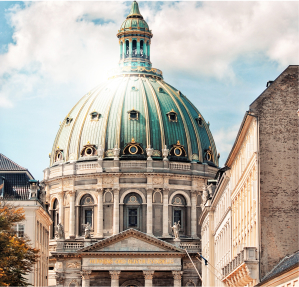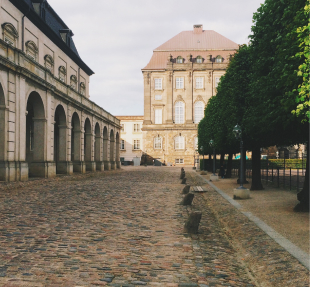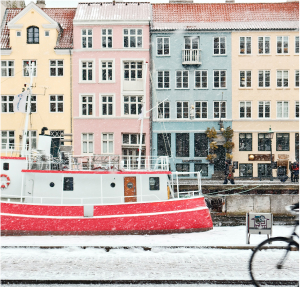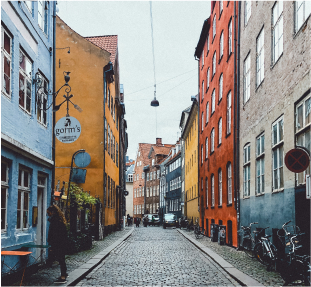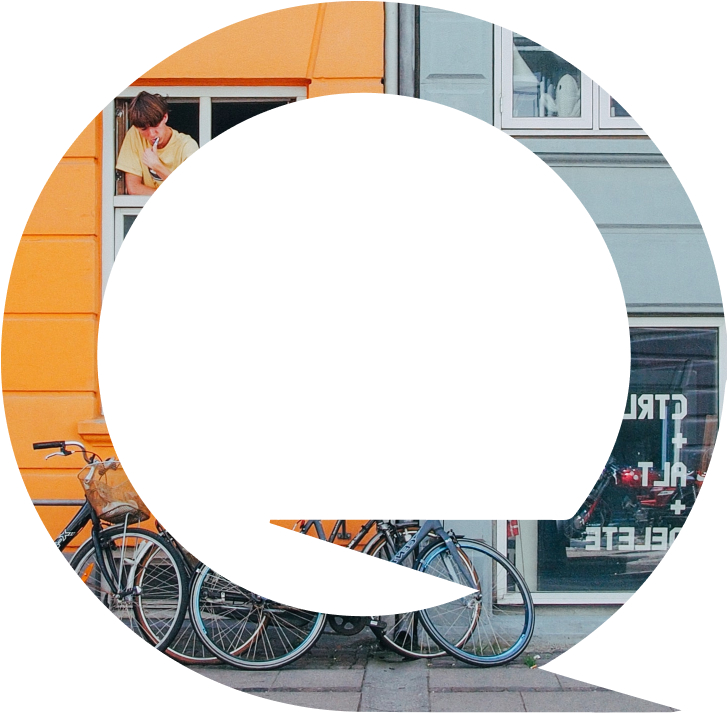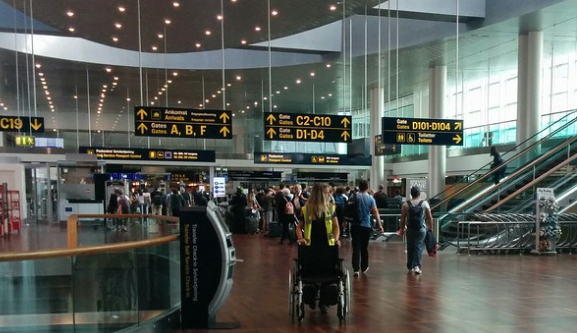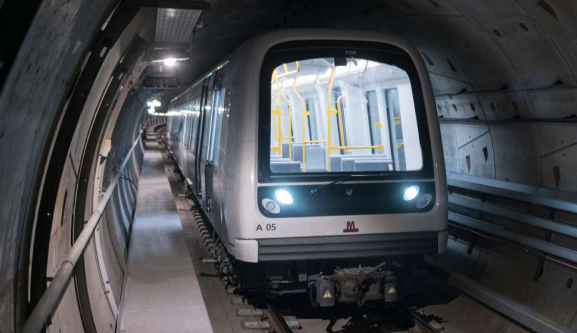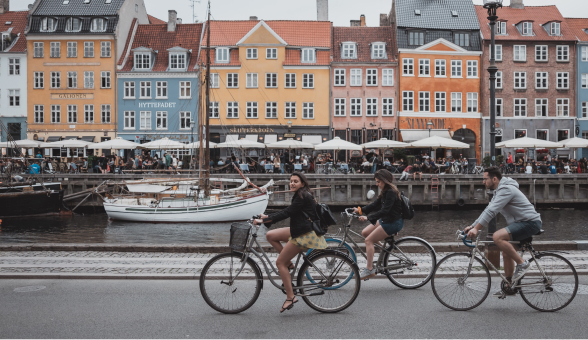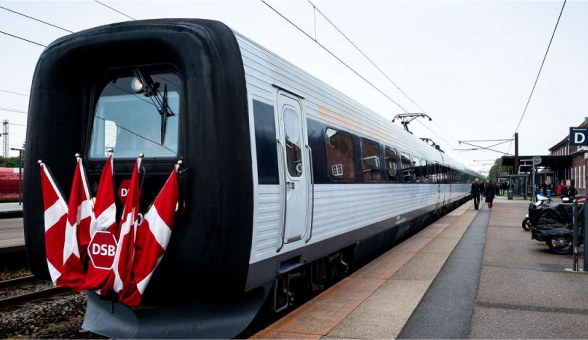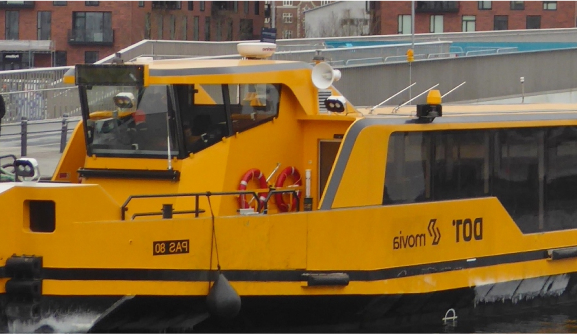Copenhagen is one of the most fantastic Scandinavian cities and the centre of the most dynamic region in Europe, the Øresund Region. The city is one of Europe’s oldest capitals with an exclusive royal touch. The Danes’ beloved and progressive monarchy, as well as Dannebro, the iconic Danish flag, is the oldest in the world. With its fascinating architecture, many parks, gourmet restaurants and an abundance of attractions, Copenhagen is a very popular place to stay. Nominated the best city by several organizations for liveability, sustainability and other factors Copenhagen is truly wonderful. The city boasts a wide range of entertainment, culture and shopping. You can enjoy the continental atmosphere and visit classic destinations such as Tivoli Gardens amusement park, The Little Mermaid and the Copenhagen Zoo. The city is historic and at the same time very youthful and innovative. Many visitors come here to enjoy the great food and vibrant nightlife, as there are plenty of well-known gourmet restaurants, many nightlife spots with beer gardens and the traditional Danish open-faced sandwiches.
